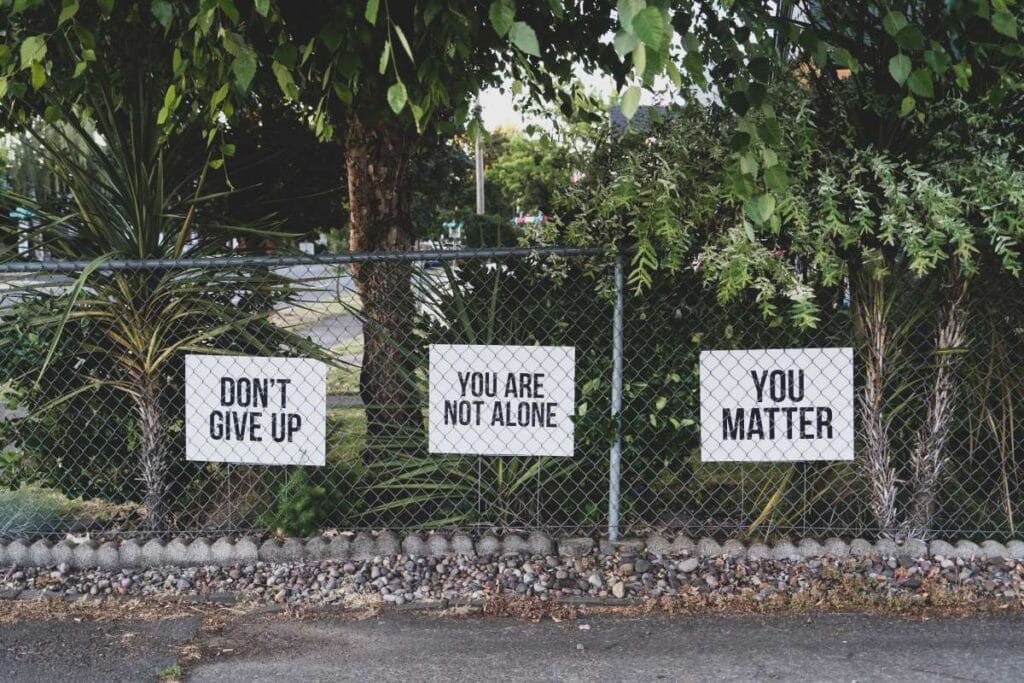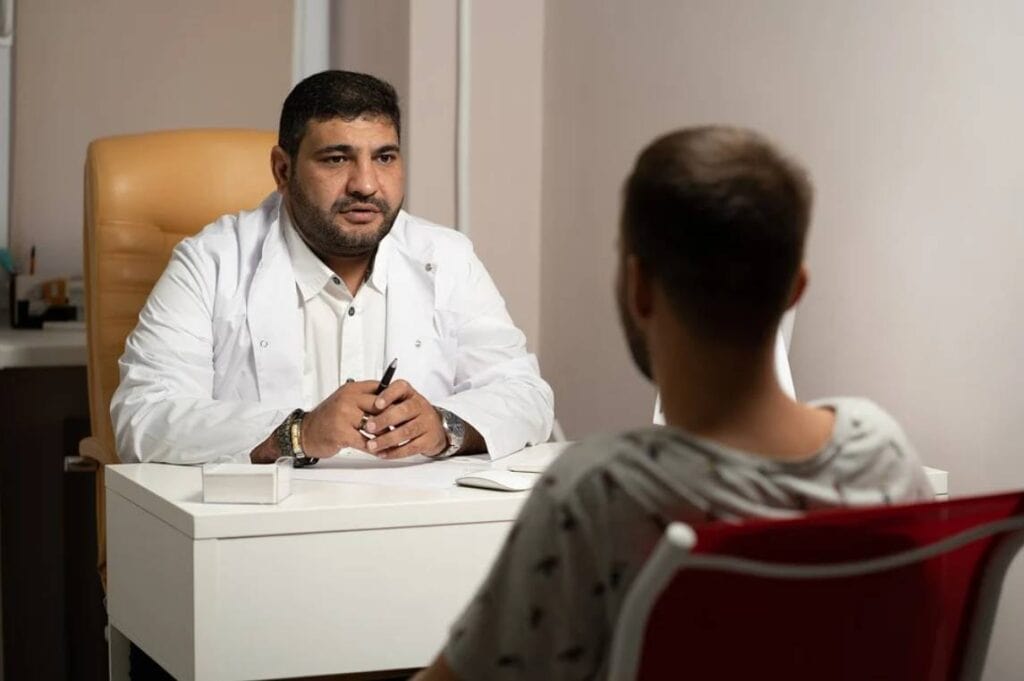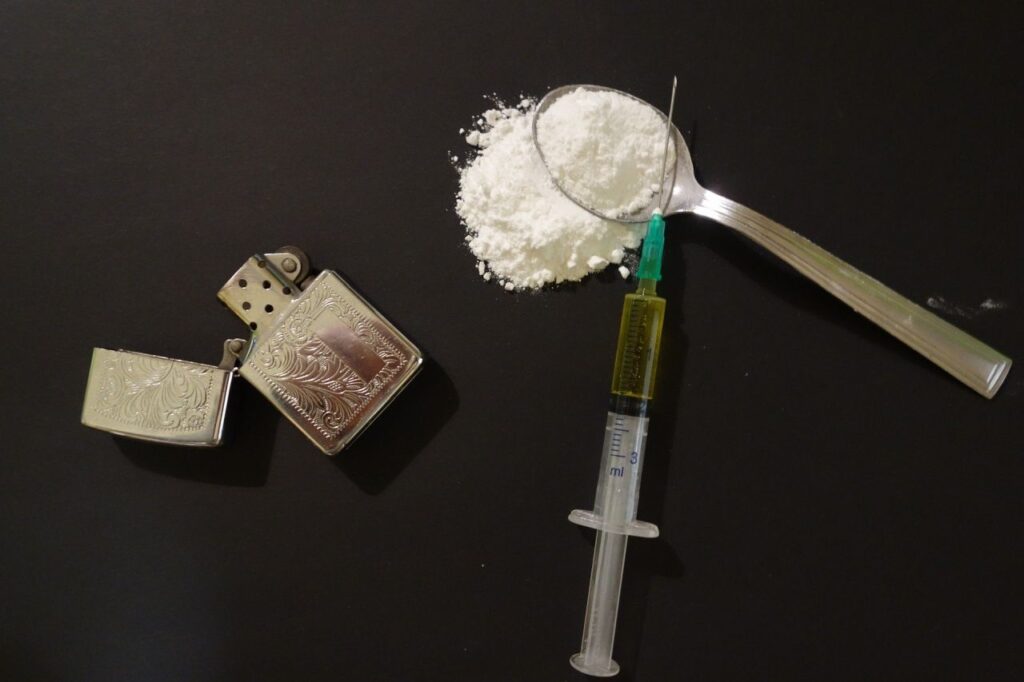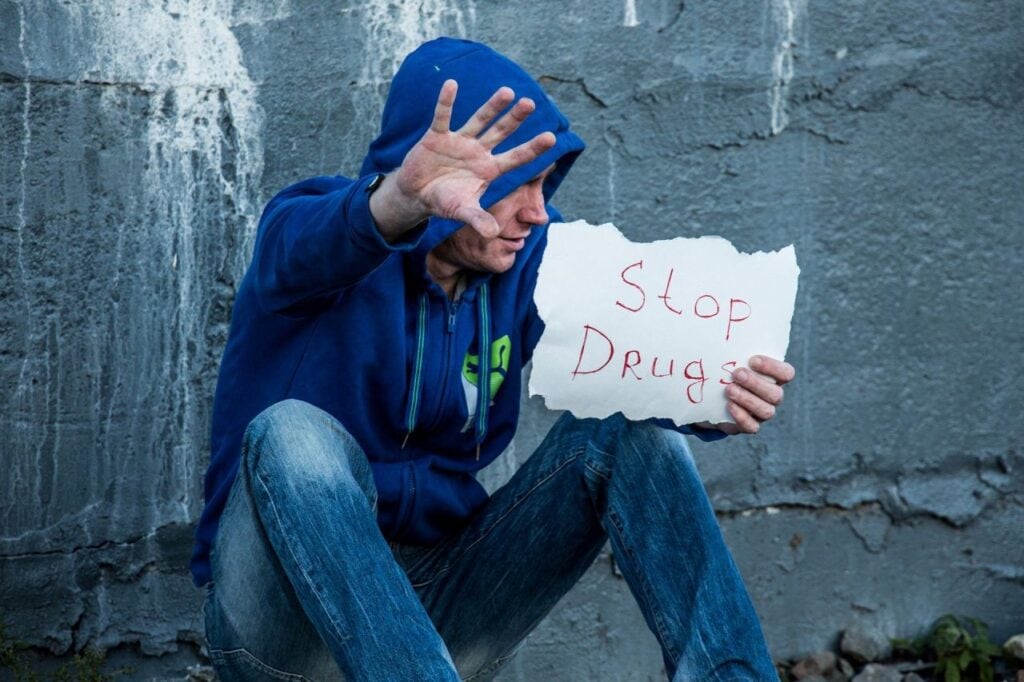Is it time for you to get help for your addiction by entering a rehabilitation centre? Wanna know how much it'll cost you? You have company. Having a firm grasp on the monetary commitments required before to deciding on whether or not to join rehab is crucial. In this post, we'll examine the average cost of rehabilitation based on the type of programme you require and the elements that go into establishing the total cost of therapy. Additionally, we will offer some suggestions for choosing treatment centres that offer fair prices. If you want to know how much rehabilitation will cost and how to pay for it, read on.
Frequently Asked Questions
Care that can assist you in regaining, maintaining, or improving abilities that are necessary for day-to-day living is referred to as rehabilitation. These capabilities could be physical, mental, or cognitive in nature (thinking and learning). It's possible that you lost them due to an illness, an injury, or as an unintended consequence of receiving medical treatment.
Anyone, at some point in their lives, may find themselves in need of rehabilitation, whether as a result of an injury, surgery, disease or illness, or simply because their functioning has decreased with age. After suffering a brain injury, a person may participate in rehabilitation activities such as exercises designed to improve their speech, language, and communication skills.
By providing people with the self-management strategies and the assistive products they require, or by addressing pain or other complications, rehabilitation helps to minimise or slow down the disabling effects of chronic health conditions such as cardiovascular disease, cancer, and diabetes. These conditions include diabetes, cardiovascular disease, and cancer.
The majority of treatment facilities provide some form of financial assistance, accept insurance, or both.
For a stay of thirty days, prospective guests should budget just under $40,000 in their spending money. Even though this facility's price is significantly higher than that of some other high-profile celebrity rehab centres, the amenities may be sufficient to convince some people that the additional cost is justified.
Gaining An Understanding Of The Cost Of Rehabilitation
Costs associated with getting help for an addiction might range significantly amongst rehab centres. Some programmes are free forever, while others charge several thousand dollars a day to use. However, there is a centre that can accommodate you regardless of your financial situation. Healing is possible for everyone, but it requires knowledge of accessible resources.
When it comes to the cost of addiction treatment, prices can vary greatly from one facility to the next. Treatment for those with more severe substance use problems typically involves more time and effort. In most situations, the total cost of intensive care is more than the cost of regular care.
Different Forms Of Rehab And Their Associated Costs
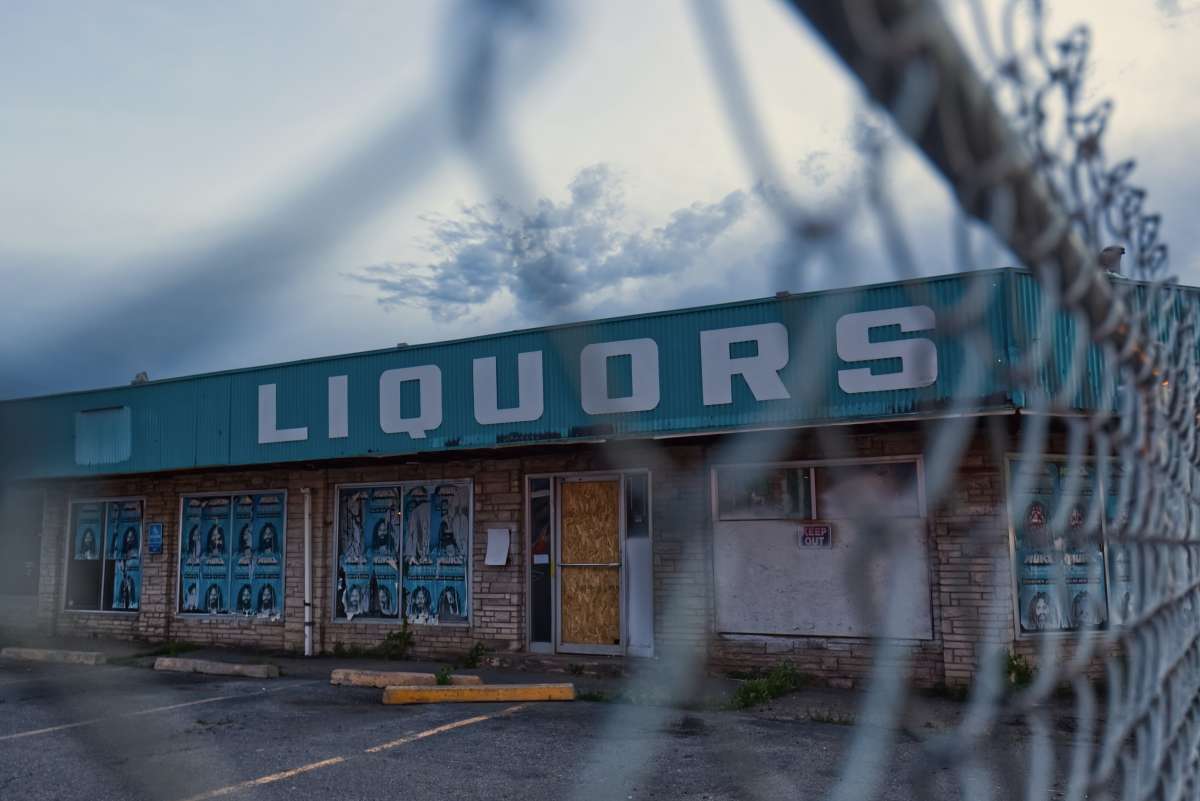
Depending on the type of therapy offered, the expense associated with being clean could go up or down. There is a wide variety in the methods employed to treat substance abuse disorders. The cost of rehabilitation depends on a variety of factors, not just the provision of healthcare and comforts. Following are estimates based on data provided by various facilities and research projects.
This article will help you make a decision about Rehab Treatment Melbourne fees for different treatments.
- Detox Typically, outpatient detox will cost between $1,000 and $1,500. Inpatient rehabilitation facilities frequently incorporate detoxification into their treatment plans at no extra cost. Detoxification can be expensive, depending on the severity of the substance abuse disease being treated and whether or not it is part of an inpatient treatment programme. Substances with potentially fatal detox adverse effects require more stringent monitoring, which raises the price.
- Residential Treatment A thirty-day stay at an inpatient hospital will often set you back around $6,000. At some respectable facilities, a 30-day treatment programme might cost upwards of $20,000. The typical cost for those who need 60- or 90-day programmes is around $12,000.
- Inpatient Treatment Vs. It is more cost-effective to treat mild to moderate addictions as outpatients than inpatients. Many centres charge $10,000 for a three-month programme. A hefty sum of $10,000 may be required for certain outpatient programmes. A person's weekly visit frequency and duration are taken into account when determining the cost.
- Medications What kind of treatment and medications are needed can affect how much money is spent on rehabilitation. Some addicts are able to beat their habit without resorting to drugs. Alcohol and opiate addiction treatment often include medication, the expense of which can run up to several thousand dollars annually. Methadone maintenance therapy for heroin addicts for a complete year costs around $4,700.
Treatment for Alcohol Dependence Covered by Insurance
As of 2010, health insurance plans had to provide treatment for substance abuse since it was mandated by the Patient Protection and Affordable Care Act (ACA). Commercial insurance plans, Medicaid, Medicare, state-funded health insurance, and health insurance offered by the armed forces all make up this category.
Private health insurance plans, which may be purchased independently, are an alternative to publicly administered health care coverage options. The majority of Americans (almost 50%) get health insurance through their work.
Many addicts are unwilling to spend thousands of dollars on treatment even when their habit has fully taken over their lives. To our relief, the Patient Protection and Affordable Care Act requires both private companies and state governments to offer all residents with access to low-cost, all-inclusive health insurance plans.
However, insurance typically does not pay for everything. Patients, like those who receive any other form of medical care, will be expected to contribute to the overall cost. However, there are also more viable options for funding recovery. Further, costs have been trending downward for the better part of the past decade.
It is crucial that you have a thorough understanding of your health insurance policy, as your health insurance company will only pay for alcohol treatment within certain boundaries.
Alcohol Addiction Treatment Not Covered by Insurance
Alcohol therapy without insurance can be expensive, which may come as a shock. Fortunately, there are options for covering these costs. It is unusual for a person to foot the bill for their whole course of treatment, though some do so in order to access more prestigious rehabilitation facilities or to conceal their condition from their employers. Substance abuse centres typically only take monetary payments.
It may be more feasible to pay for outpatient treatment out of pocket if it is less intensive than inpatient care. Residential treatment is more expensive because of the length of time patients spend there. The price ranges from one facility to the next and from one treatment to the next. Typically, it ranges from $6,000 to $90,000.
Those who must foot the bill for their own drug treatment should explore alternative methods of funding. There are many options open to them, including selling possessions, reducing living expenses, borrowing from family and friends, and accepting donations. Alternatives could be:
Alcoholism treatment facilities come in a variety of forms. Some forms of medical treatment may be provided at no cost to you by your state or local government. You can find help at no cost or at a low cost from a variety of sources, including 12-step programmes like Alcoholics Anonymous (AA), religious support groups, and organization-affiliated programmes.
The Cost Of Rehabilitation Is Typically Determined By The Following Factors
- Because inpatient institutions provide lodging and meals in addition to therapeutic interventions and wellness activities, their prices are often higher than those of outpatient treatment programmes.
- Location of the Suspect Structure
- Participant tally, be it for a large, high-volume programme or a more intimate, low-volume one that emphasises individualised instruction.
- Detoxification, medication-assisted treatment, many therapeutic modalities, and extensive follow-up care are all accessible options. There is no guarantee that detox will be accessible.
- The duration of the programme might range from 30 to 90 days, depending on the requirements of the individual. Are you looking for the best rehab centre? Then Refocus Rehab Melbourne is the answer.
- The hotel provides a variety of amenities, including a swimming pool, a fitness centre on-site, massage therapy, nutrition counselling, and more.
However, it is possible that the cost of not treating addiction, which may include medical bills, missed wages, and other social costs, will considerably exceed the cost of therapy in the long run.
You have the option of enrolling in either a more conventional addiction recovery programme staffed by trained medical and mental health specialists, or a more luxurious, high-end treatment centre. Either way, you can get help for your addiction in a facility that meets your specific needs and is within your financial means.
A few things can be counted on to be the same across the board in any substance abuse treatment programme. Patients who are staying at the clinic overnight for treatment should be prepared for an intake, assessment, and evaluation process. They will be under the constant watch of professionals and have access to qualified counsellors. Outpatients can expect to engage in either group or individual therapy, or both, as well as family counselling, during their time in the programme. Following the completion of their daily therapy sessions, outpatients return to their homes in the community.
Rehabilitation Centers That Charge Little Or Nothing
It is possible to get help for an addiction even if money is tight (SUD). Many drug rehabs are prepared to work with you to discover payment options that work within your budget so you can get clean and start living a healthier, happier life. Affordable and even free therapy options are available. Government-funded rehabilitation facilities for substance abuse are another option to consider.
Cheap Treatment Centers
Look for a rehab that accepts your insurance and offers all-encompassing care for your addiction. The lower your out-of-pocket costs are, the sooner you can start getting your life back on track. Most health insurance plans now include addiction treatment, and the number of rehab centres that accept insurance continues to climb.
It's possible that your insurance won't cover any of the services offered here, but many plans do cover at least some of them. Individuals who opt for this course of action are able to maintain their current responsibilities, including employment, education, and family, while undergoing treatment. Talking to a treatment specialist before choosing a rehab centre might help you determine if outpatient services are adequate to address your addiction.
If you need assistance coming up with a payment plan, you may always talk to a coordinator at a treatment centre. One option is to pay a larger upfront fee followed by smaller monthly payments throughout your stay at the facility; another is to pay a sliding scale fee based on your annual income.
Free Treatment Centers
Even if you don't have access to health insurance and are living paycheck to paycheck, you can still get help for your addiction. Some low-income individuals and families might receive discounted or even free care at local health clinics if they do not have health insurance. Some centres for rehabilitation even offer financial aid to help cover the cost of therapy. Scholarships are available for people who might otherwise be unable to afford addiction treatment.
Some centres offer free addiction treatment services, while others may provide sliding scale fees for drug and alcohol rehab based on a patient's financial situation. In addition, the facility's staff can help you apply for insurance coverage if you need it, and if you qualify for Medicaid or Medicare, detox and withdrawal therapy may be provided at no cost to you.
In addition, most communities have access to free support groups for people at any level of recovery. In addition, many churches, charities, and other nonprofits offer their services at no cost to those who are battling with substance abuse disorders. These initiatives are meant to help those who are in dire straits and have few resources at their disposal. Some churches and nonprofits offer sober living for people who are serious about making a change and maintaining their sobriety.
Centers for Luxury and Executive Rehabilitation
A course of inpatient substance misuse treatment can cost anywhere from several thousand dollars to tens of thousands of dollars, depending on the facility chosen. Patients who can afford a more expensive treatment centre are the ones who want to live in a luxurious environment while receiving cutting-edge care that is tailored specifically to their needs.
Luxury and executive rehab centres provide patients with opulent and discreet access to the most innovative and effective drug and alcohol treatment available today. Rehabs.com reports that the average cost of treatment at these types of facilities is above $25,000. However, most people who are interested in signing up for these programmes have the ability to pay for high-quality addiction therapy and facilities. Nevertheless, there are plans available that will cover at least some of the cost of luxurious addiction treatment.
Locating a Treatment Center for Addiction That Is Also Affordable

Anyone in need can get assistance, regardless of their financial situation or access to health insurance. If you need help recovering from addiction and are looking for an affordable addiction rehab programme, you may locate the best one by completing the steps necessary to identify the right treatment programme for your addiction.
Additional Methods of Payment
Despite the high price tag, it is feasible to find methods of covering the expenses of alcoholism rehab. For instance, you may be eligible for alcohol treatment with a sliding scale fee, meaning that your out-of-pocket expense will be determined by your household income. You may also choose to discuss potential discounts, payment plans, or financing alternatives with the facility where you intend to get care.
For those without medical coverage, many residential treatment centres provide flexible payment options. Even though some people may be reluctant to take on debt in order to pay for addiction treatment, it is essential to view it as an investment. It's something that will pay off in the long run. After a person achieves recovery, they have the tools to take back their lives and jobs. Recovering addicts have a better chance at saving money because they are no longer wasting it on substances.
It's possible that many people don't have enough money to pay cash. If a patient decides to enter a residential treatment programme, for instance, they will likely miss work for a minimum of one month. It may be challenging to meet financial responsibilities like copayments and deductibles because of the time away from the workplace.
See our list of available Rehabilitation Programmes to help you make an informed decision for your treatment.
The goal of drug and alcohol treatment centres shouldn't be to bankrupt people, but rather to set them up for a prosperous life following treatment. Therefore, most medical facilities offer affordable financing options that are flexible enough to meet the needs of every given patient. Some clinics also provide monthly scholarships to help with the financial burden of therapy.
In order to cover the costs of their treatment, patients can either apply for a personal loan or think about using a credit card. Paying interest on loans and credit cards may not be appealing, but it's cheaper than the costs of ignoring the need for therapy.
Spending Money on Rehabilitation in Australia
Australia's national health insurance programme, Medicare, pays for the majority of its citizens' medical costs, including those associated with alcoholism and drug addiction treatment. Most locals carry private health insurance in addition to Medicare because the government programme does not cover all medical costs. In general, Medicare can reduce your out-of-pocket expenses, but it does not pay for all medical care. In Australia, for instance, private insurance may help pay some of the out-of-pocket costs connected with rehabilitation that are not covered by Medicare.
Substance abuse and alcoholism treatment services that are provided by the public sector receive money from both the federal and state governments. These services, which are funded in part by taxes, must adhere to the standards set forth by a National Commission and be regularly examined by independent parties. The provision of private services is limited to hospitals, practitioners, and organisations that are privately owned and operated. Unless otherwise noted, all Australians in need of rehabilitative support services should contact a provider that offers intake and evaluation. Intake services are meant to assess your needs and point you in the direction of the most appropriate treatment and assistance. Any healthcare provider, any group, or any individual can refer a patient to alcohol and drug treatment services. People can also self-refer.
Insurance is the most common form of payment for rehabilitation treatments. While each plan is different, most call for members to pay some sort of deductible or copayment. The Affordable Care Act requires all insurance plans to include treatment for mental health conditions, including substance use disorders. In very exceptional cases, patients may elect to cover the cost of their own medical care.
Insurance policies vary in their scope of coverage and the hospitals and doctors that they will pay for. The vast majority of rehab centres either provide sliding scale fees or accept insurance. Some insurance plans may cover addiction treatment, such as the ones listed below.
- The government-run health insurance programmes Medicaid and Medicare (either for individuals or families).
- Healthcare coverage for service members
Some people don't have access to insurance, but they can still get the help they need in other ways. One alternative is to look for a facility that offers its services for free or at a reduced rate. As a second option, you may look into the plethora of funding options provided by various programmes. Financing is usually preferable to cost-free rehabilitation programmes due to the latter's often-short supply of resources and lengthy waiting lists.
Conclusion
Costs associated with getting help for an addiction might range significantly amongst rehab centres. Some programmes are free forever, while others charge several thousand dollars a day to use. This article will examine the average cost of rehabilitation based on the type of programme and elements that go into establishing the total cost of therapy. A 30-day stay at an inpatient hospital will often set you back around $6,000. Some addicts are able to beat their habit without resorting to drugs.
Methadone maintenance therapy for heroin addicts for a complete year costs around $4,700. Alcohol therapy without insurance can be expensive, which may come as a shock. Fortunately, there are options for covering these costs. Substance abuse centres typically only take monetary payments. Alternatives could be selling possessions, reducing living expenses, borrowing from family and friends, and accepting donations.
It is possible to get help for an addiction even if money is tight. Affordable and even free therapy options are available. Most health insurance plans now include addiction treatment, and the number of rehab centres that accept insurance continues to climb. Look for a rehab that accepts your insurance and offers all-encompassing care for your addiction. Some low-income individuals and families might receive discounted or free care at local health clinics.
Some centres for rehabilitation even offer financial aid to help cover the cost of therapy. A course of inpatient substance misuse treatment can cost anywhere from several thousand dollars to tens of thousands of dollars. Recovering addicts have a better chance at saving money because they are no longer wasting it on substances. Most medical facilities offer affordable financing options that are flexible enough to meet the needs of every patient. Some clinics also provide monthly scholarships to help with the financial burden of therapy.
Australia's national health insurance programme, Medicare, pays for the majority of its citizens' medical costs. Private insurance may help pay some of the out-of-pocket costs connected with rehabilitation. Public sector treatment services that are provided by the public sector receive money from both the federal and state governments. Insurance policies vary in their scope of coverage and the hospitals and doctors that they will pay for. Affordable Care Act requires all insurance plans to include treatment for mental health conditions, including substance use disorders. Some insurance plans may cover addiction treatment, such as the ones listed below.
Content Summary
- Is it time for you to get help for your addiction by entering a rehabilitation centre?
- Wanna know how much it'll cost you?
- Having a firm grasp on the monetary commitments required before to deciding on whether or not to join rehab is crucial.
- In this post, we'll examine the average cost of rehabilitation based on the type of programme you require and the elements that go into establishing the total cost of therapy.
- Additionally, we will offer some suggestions for choosing treatment centres that offer fair prices.
- If you want to know how much rehabilitation will cost and how to pay for it, read on.
- However, there is a centre that can accommodate you regardless of your financial situation.
- When it comes to the cost of addiction treatment, prices can vary greatly from one facility to the next.
- The cost of rehabilitation depends on a variety of factors, not just the provision of healthcare and comforts.
- This article will help you make a decision about Rehab Treatment Melbourne fees for different treatments.
- Residential Treatment A thirty-day stay at an inpatient hospital will often set you back around $6,000.
- At some respectable facilities, a 30-day treatment programme might cost upwards of $20,000.
- It is more cost-effective to treat mild to moderate addictions as outpatients than inpatients.
- Medications What kind of treatment and medications are needed can affect how much money is spent on rehabilitation.
- Alcohol and opiate addiction treatment often include medication, the expense of which can run up to several thousand dollars annually.
- Private health insurance plans, which may be purchased independently, are an alternative to publicly administered health care coverage options.
- The majority of Americans (almost 50%) get health insurance through their work.
- Many addicts are unwilling to spend thousands of dollars on treatment even when their habit has fully taken over their lives.
- To our relief, the Patient Protection and Affordable Care Act requires both private companies and state governments to offer all residents with access to low-cost, all-inclusive health insurance plans.
- However, insurance typically does not pay for everything.
- However, there are also more viable options for funding recovery.
- Further, costs have been trending downward for the better part of the past decade.
- Alcohol therapy without insurance can be expensive, which may come as a shock.
- Fortunately, there are options for covering these costs.
- It may be more feasible to pay for outpatient treatment out of pocket if it is less intensive than inpatient care.
- Alternatives could be:Alcoholism treatment facilities come in a variety of forms.
- Some forms of medical treatment may be provided at no cost to you by your state or local government.
- Are you looking for the best rehab centre?
- You have the option of enrolling in either a more conventional addiction recovery programme staffed by trained medical and mental health specialists, or a more luxurious, high-end treatment centre.
- Either way, you can get help for your addiction in a facility that meets your specific needs and is within your financial means.
- Government-funded rehabilitation facilities for substance abuse are another option to consider.
- Cheap Treatment CentersLook for a rehab that accepts your insurance and offers all-encompassing care for your addiction.
- Talking to a treatment specialist before choosing a rehab centre might help you determine if outpatient services are adequate to address your addiction.
- If you need assistance coming up with a payment plan, you may always talk to a coordinator at a treatment centre.
- Even if you don't have access to health insurance and are living paycheck to paycheck, you can still get help for your addiction.
- Some low-income individuals and families might receive discounted or even free care at local health clinics if they do not have health insurance.
- Some centres for rehabilitation even offer financial aid to help cover the cost of therapy.
- Scholarships are available for people who might otherwise be unable to afford addiction treatment.
- Some centres offer free addiction treatment services, while others may provide sliding scale fees for drug and alcohol rehab based on a patient's financial situation.
- In addition, the facility's staff can help you apply for insurance coverage if you need it, and if you qualify for Medicaid or Medicare, detox and withdrawal therapy may be provided at no cost to you.
- Patients who can afford a more expensive treatment centre are the ones who want to live in a luxurious environment while receiving cutting-edge care that is tailored specifically to their needs.
- Luxury and executive rehab centres provide patients with opulent and discreet access to the most innovative and effective drug and alcohol treatment available today.
- However, most people who are interested in signing up for these programmes have the ability to pay for high-quality addiction therapy and facilities.
- Nevertheless, there are plans available that will cover at least some of the cost of luxurious addiction treatment.
- Locating a Treatment Center for Addiction That Is Also Affordable
- Anyone in need can get assistance, regardless of their financial situation or access to health insurance.
- If you need help recovering from addiction and are looking for an affordable addiction rehab programme, you may locate the best one by completing the steps necessary to identify the right treatment programme for your addiction.
- Additional Methods of PaymentDespite the high price tag, it is feasible to find methods of covering the expenses of alcoholism rehab.
- For those without medical coverage, many residential treatment centres provide flexible payment options.
- Even though some people may be reluctant to take on debt in order to pay for addiction treatment, it is essential to view it as an investment.
- See our list of available Rehabilitation Programmes to help you make an informed decision for your treatment.
- In order to cover the costs of their treatment, patients can either apply for a personal loan or think about using a credit card.
- Australia's national health insurance programme, Medicare, pays for the majority of its citizens' medical costs, including those associated with alcoholism and drug addiction treatment.
- Most locals carry private health insurance in addition to Medicare because the government programme does not cover all medical costs.
- In general, Medicare can reduce your out-of-pocket expenses, but it does not pay for all medical care.
- In Australia, for instance, private insurance may help pay some of the out-of-pocket costs connected with rehabilitation that are not covered by Medicare.
- Substance abuse and alcoholism treatment services that are provided by the public sector receive money from both the federal and state governments.
- Unless otherwise noted, all Australians in need of rehabilitative support services should contact a provider that offers intake and evaluation.
- Any healthcare provider, any group, or any individual can refer a patient to alcohol and drug treatment services.
- People can also self-refer.
- Insurance is the most common form of payment for rehabilitation treatments.
- The Affordable Care Act requires all insurance plans to include treatment for mental health conditions, including substance use disorders.
- In very exceptional cases, patients may elect to cover the cost of their own medical care.
- Insurance policies vary in their scope of coverage and the hospitals and doctors that they will pay for.
- The vast majority of rehab centres either provide sliding scale fees or accept insurance.
- Some insurance plans may cover addiction treatment, such as the ones listed below.
- The government-run health insurance programmes Medicaid and Medicare (either for individuals or families).Healthcare coverage for service membersSome people don't have access to insurance, but they can still get the help they need in other ways.
- One alternative is to look for a facility that offers its services for free or at a reduced rate.
- As a second option, you may look into the plethora of funding options provided by various programmes.
- Financing is usually preferable to cost-free rehabilitation programmes due to the latter's often-short supply of resources and lengthy waiting lists.
